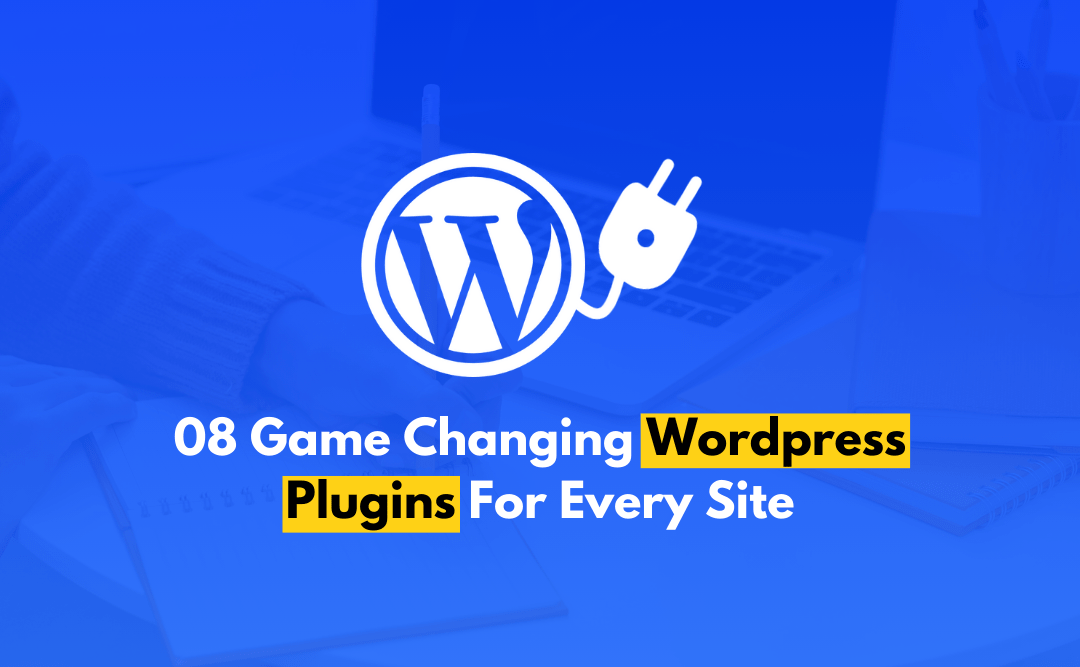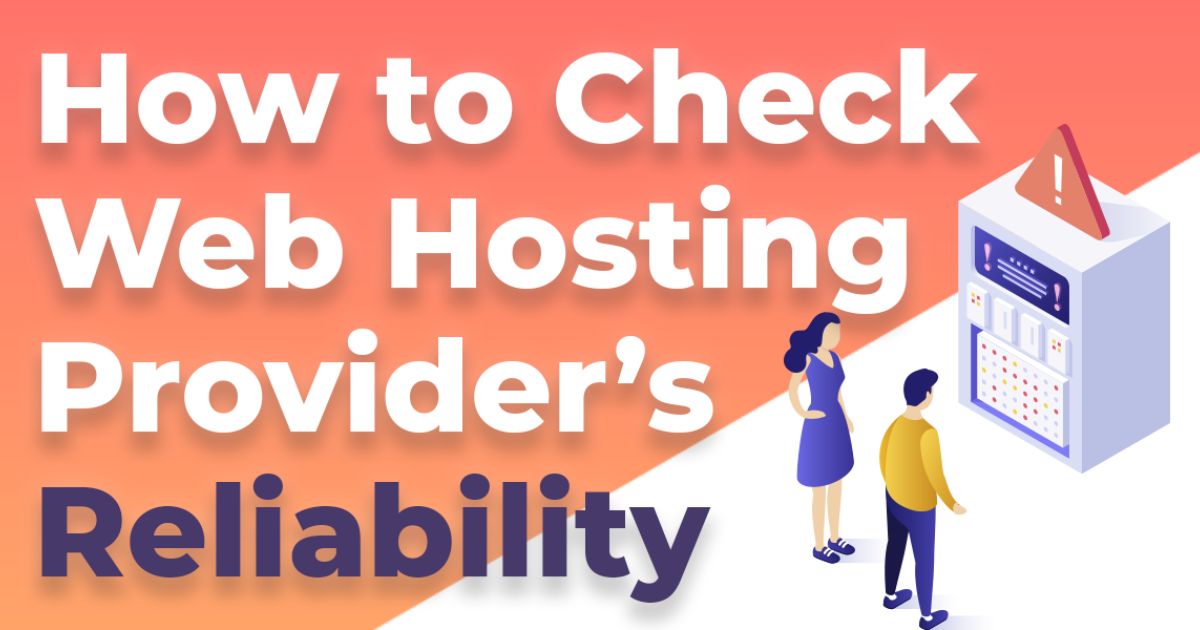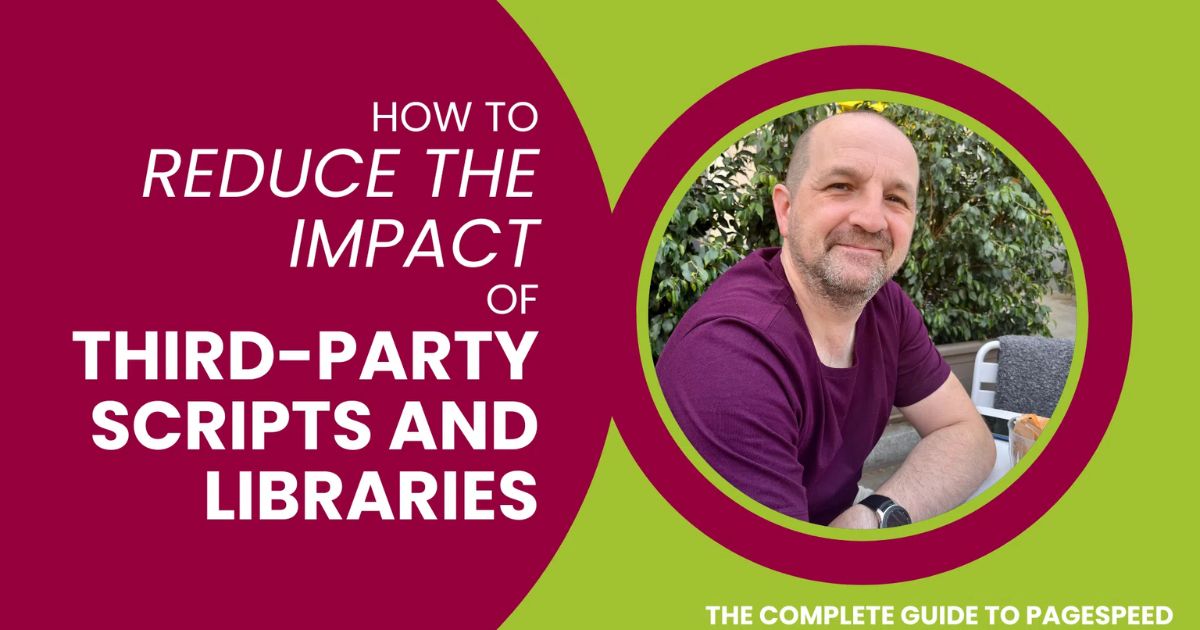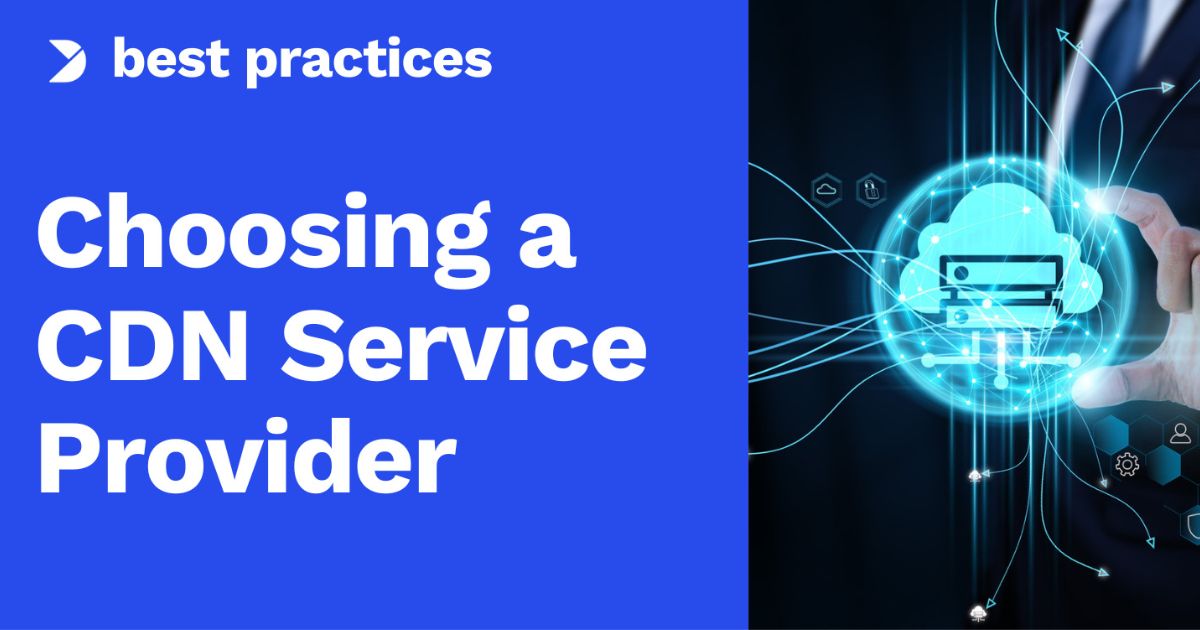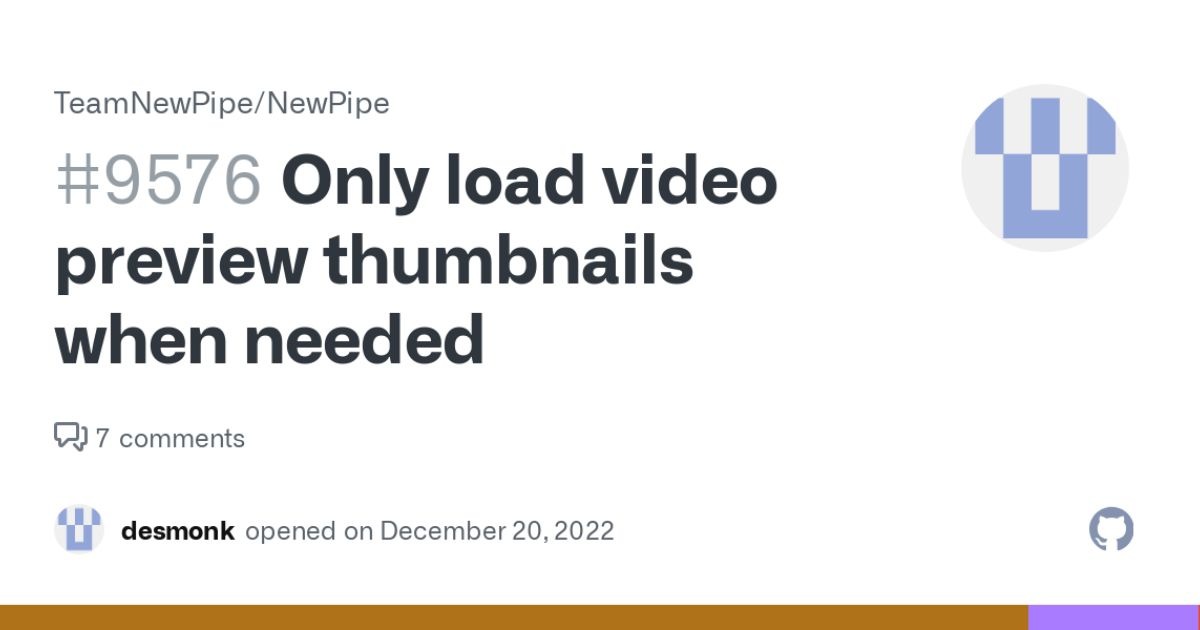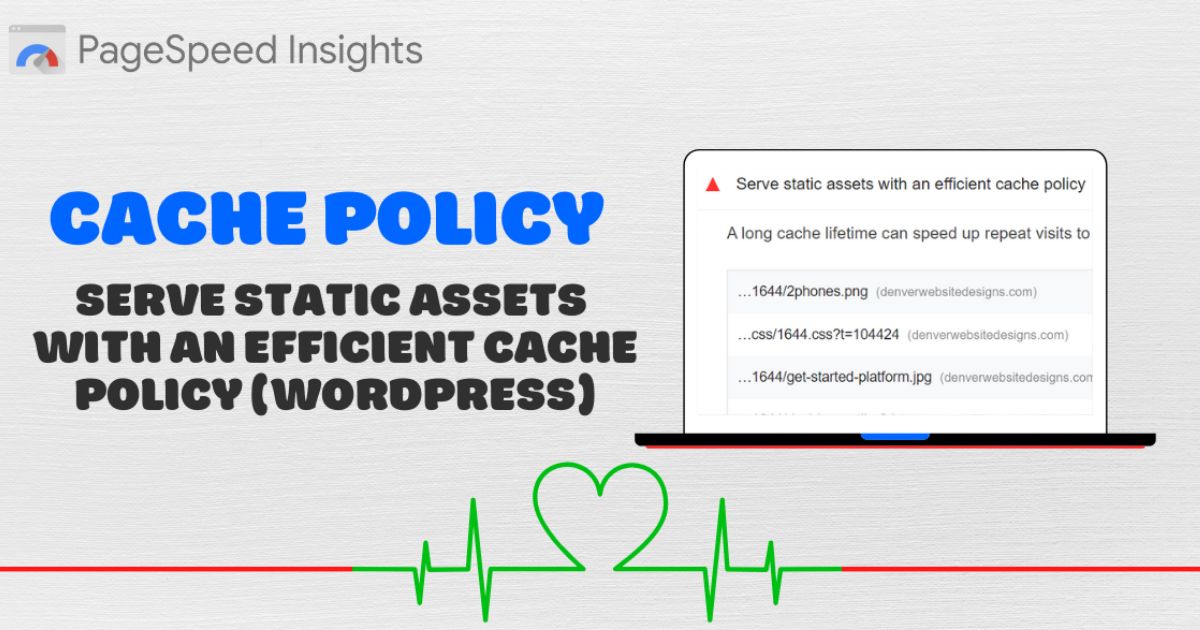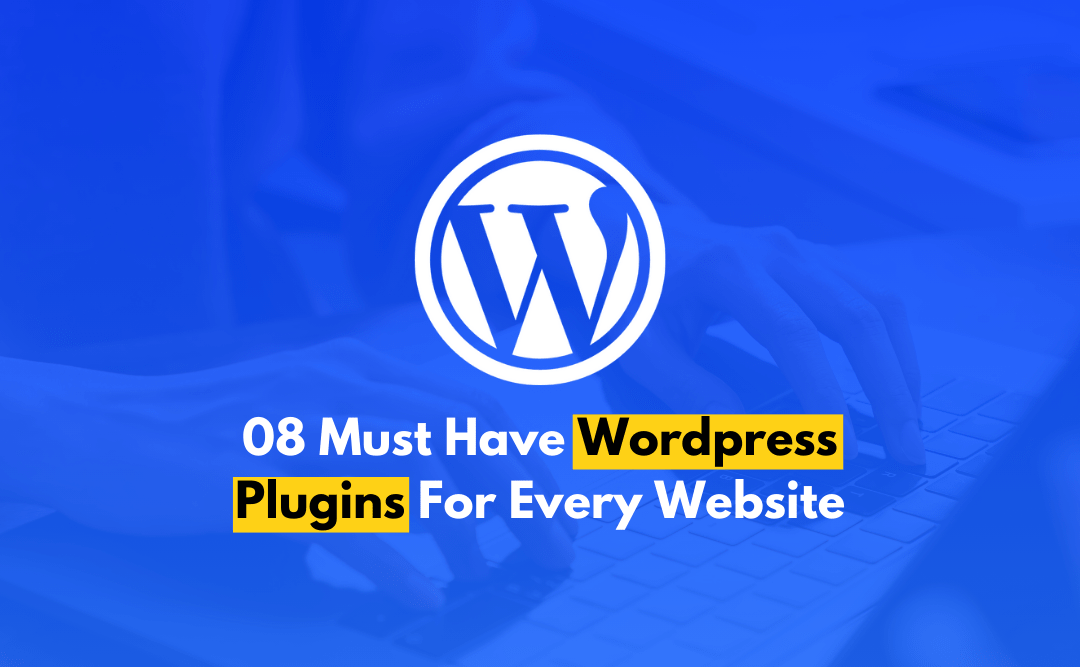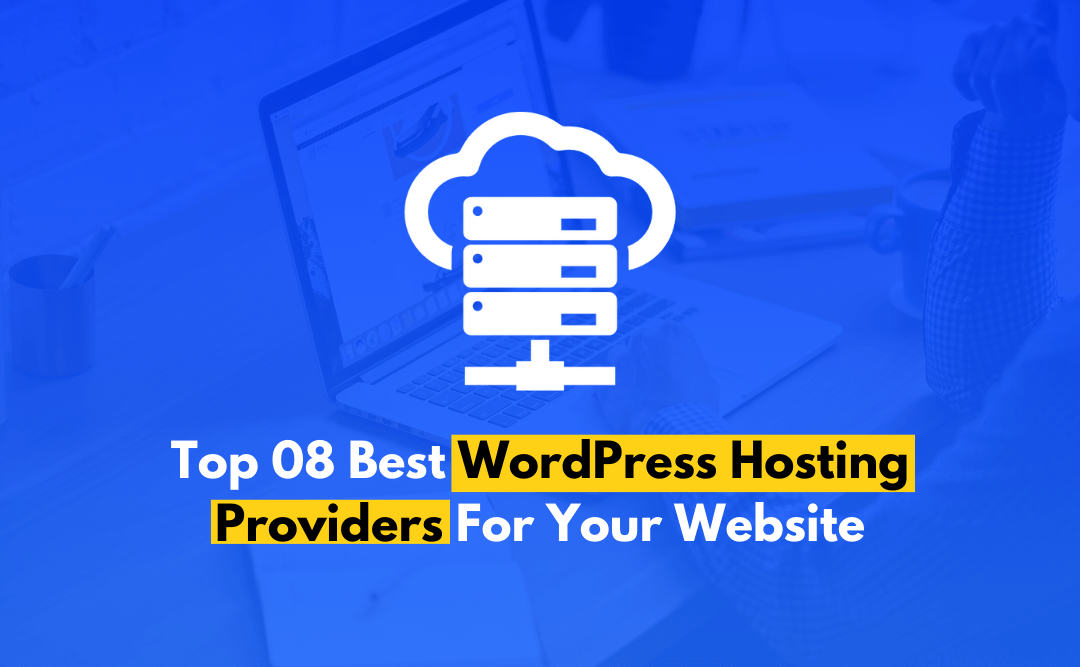If your site is running gradually, don’t worry you are in good company. Numerous internet-based website proprietors battle with this issue. A sluggish web webpage can disappoint guests and, surprisingly, hurt your business. However, fortunately, there are ways of fixing it.
In this blog, we will show you 8 basic stunts to accelerate your online interface. These tips are straightforward and set in motion regardless of whether you are a tech master. By and by, you will know how to make your computerized stage run as expected and keep your guests blissful.
1. Use a Reliable Hosting Provider
A hosting provider is like a home for internet platforms on the internet. Some homes are better than others.
A decent facilitating supplier assists the web presence with moving along as planned and rapidly. While picking a facilitating supplier search for one that has very little free time. Margin time is the point at which the site isn’t working. Additionally, pick one that can deal with heaps of guests simultaneously without dialing back.
Good hosting providers also provide tools to make the online portal faster. They might have special ways to save the online site information so it loads quickly. They should also have people who can help if something goes wrong with your website.
2. Reduce The Use of Plugins and Third-Party Scripts
Imagine that a web page is like a car. Plugins and third-party scripts are like extra accessories added to it. While they can make the car look cool or do neat things too many of them can slow it down.
Each plugin or script that is added is like asking the website to do extra work. This can make the pages load slower, especially for people with older computers or slower internet. It is like packing a car so full that it struggles to move quickly.
To speed up the site take a look at all the plugins and scripts which are used. Ask yourself if you need each one. Maybe there is a simpler way to do the same thing without the plugin. Or maybe this can find one plugin that does the job of several.
3. Use Modern Formats Like WebP
It is a new way to save pictures for the website. WebP is special because it makes image files much smaller without losing quality. This means the website can load faster, especially for people using phones or slow internet.
WebP is like a magic shrinking machine for the website pictures. It makes them take up way less space without making them blurry or ugly. This means the website can load super fast even on slow internet or mobile phones.
Changing the pictures to WebP is pretty easy. Most new website tools can do it for automatically. Once switch you will see a big difference in how quickly the site loads. It is like giving the website a speed boost without having to learn complicated computer stuff.
4. Choose the Right CDN Provider
A CDN is like a helper that makes websites faster. When you pick a CDN need to think about what is best for the website. Look at different CDN companies and see what they offer.
Some CDNs are good for small websites while others work better for big ones. Think about how many people visit the site and where they are in the world. This will help to choose the right CDN.
Price is also important when picking a CDN. Some are cheap and some cost more. But do not just look at the price. Make sure the CDN can do what need it to do. A good CDN will make the website faster and work better for the visitors.
5. Reduce File Sizes Without Affecting Performance
Making files smaller can help the website run faster. But you do not want to make things look bad or work poorly. There are ways to shrink files while keeping them of good quality.
For pictures can use special tools that make them smaller without making them blurry. These tools take out extra information that people can not see anyway. For other files like scripts or style sheets which can remove spaces and comments to make them smaller.
Another trick is to use newer file types that are naturally smaller. Some new picture formats can look just as good as old ones but take up less space. By using these methods that can have a faster website that still looks great and works well.
6. Load Images and Videos Only When Needed
Sometimes websites show all their pictures and videos at once. This can make the page slow to load. A better way is to show images and videos only when people need to see them.
One way to do this is called lazy loading. It means the website waits to load pictures until scroll down to where they are. This makes the page load faster at first and still see everything when you need to.
Another trick is to use small preview images. These load quickly and give an idea of what the full picture looks like. When they click on them then the big picture loads. This saves time and makes the website feel faster.
7. Set Cache Expiration for Static Resources
Think of caching as saving a copy of the website stuff on visitors computers. When they come back their browser does not have to download everything again. By setting an expiration date for these saved copies to tell browsers when to get fresh content.
Here are 5 tips are the following:
- Choose which parts of your site do not change often, like logos or backgrounds.
- Tell browsers to save these unchanging parts for a set time, like a week or month.
- Use your website settings to set an expiration date for these saved items.
- For things that change more often set shorter save times.
- Test your site to make sure it is faster but still shows new content when needed.
8. Ensure Responsive Design for All Devices
Make the website work well on all screens. This means it should look good on phones, tablets and computers. The website should change its size and layout to fit different devices. This way people can use the site easily no matter what they are using to view it.
Optimise Touch Elements for Mobile Users
Make buttons and links big enough for fingers. Space touch elements apart to avoid accidental taps. Use clear visible icons for easy understanding. Place important buttons where thumbs can reach them. Ensure fast response times for taps and swipes. Test the design on real mobile devices. Use simple gestures like swipes for common actions. Provide visual feedback for taps and touches.
FAQs
What is WebP and how can it help my website?
WebP is a modern image format that makes picture files much smaller without losing quality. It helps your website load faster especially on mobile devices or slow internet connections.
How does caching improve website performance?
Caching saves a copy of your website’s static resources on visitor’s computers. This means their browsers do not have to download everything again when they return making your site load faster.
Why should I be careful about using too many plugins?
Each plugin or third-party script adds extra work for your website to do. Too many can slow down your pages, especially for users with older computers or slower internet connections.
What is lazy loading and how does it help?
Lazy loading is a technique that waits to load images until you scroll down to where they are. This makes the page load faster initially while still showing everything when needed.
Conclusion
Improving the website’s performance does not have to be complicated. By following these 8 simple tips you can significantly speed up the site and enhance the user experience. From using modern image formats like WebP to implementing lazy loading for images and videos, each strategy contributes to a faster and more efficient website.
Choosing the right hosting provider, optimioptimizedsing for mobile users, and ensuring a responsive design are setting the website up for success across all devices. Keep testing and refining your approach to maintain peak performance as the site grows and evolves.
If you want a professionally created website that is SEO-friendly and optimised for mobile, contact us today to view our portfolio and get started.


